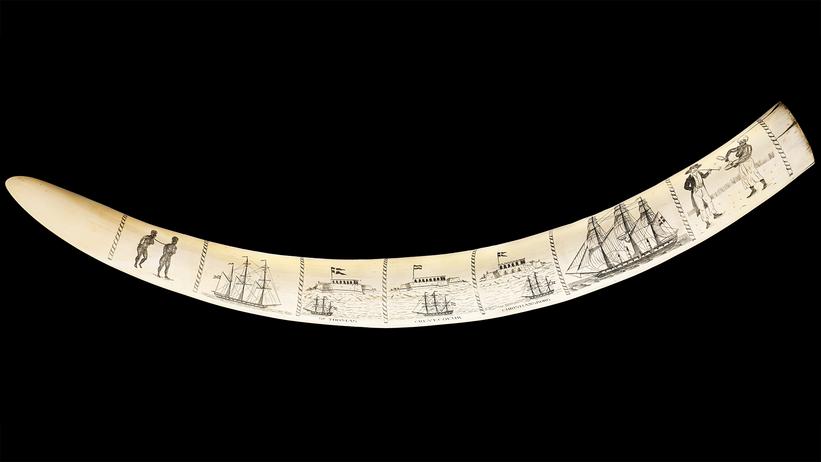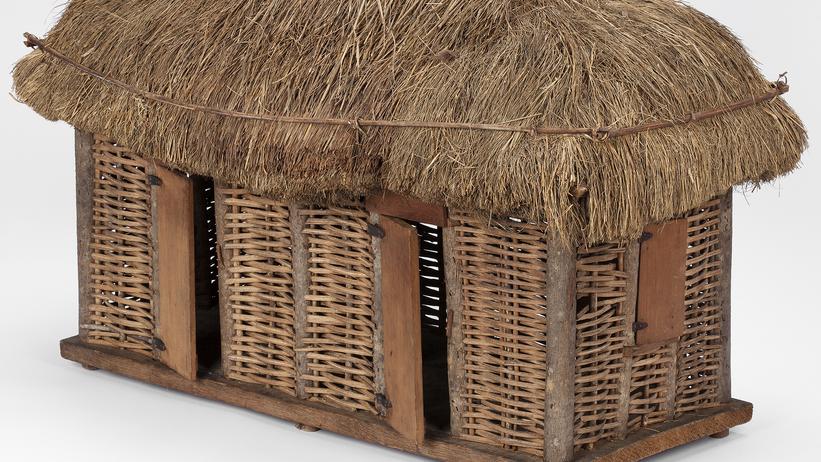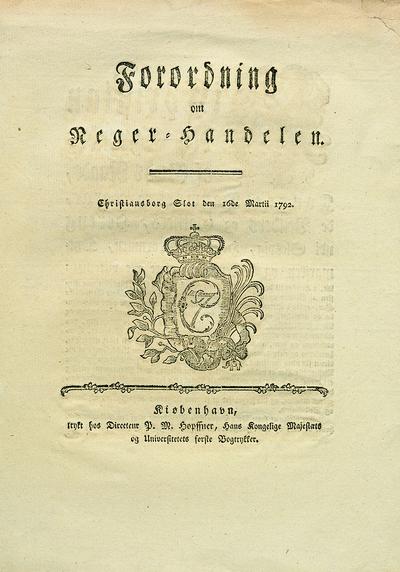
Slavery and Slave Trade
In total it is estimated that about 120,000 enslaved Africans were transported by Danish ships to the Caribbean. Many of them never survived the journey, and if they did a hard life awaited in the cane fields.
Slavery in the Caribbean
On arriving in the Danish West Indies enslaved Africans were auctioned to the highest bidder. Families were often split when their members were bought by different plantations. Even if they were lucky enough to end up on the same plantation, they lived with the constant fear that their husband, wife or children could be resold and sent elsewhere.
The work of the enslaved was so physically gruelling that more died than were born. This created a constant demand to import more slaves.
Different kinds of labour were required on the plantation, creating a hierarchy between field slaves, craftsmen, house slaves and bombas.
The field slaves were at the bottom of the hierarchy. They had the most backbreaking work on the plantation, which usually produced sugar.
Others who were enslaved were trained as craftsmen, like carpentry or blacksmithing. This made them irreplaceable as plantation labourers. It also made it possible for them to earn a little money on the side.

Many women were put to work in the home of the plantation owner as so called house slaves. They served as cooks, servant and nannies. They worked from early in the morning to late at night, although the nature of their work was different to those toiling in the fields. They were in close contact with the family of the plantation owner, which gave them access to better clothing, food and other necessities than others who were enslaved. It was not unusual for these women to be subject to sexual assault and rape by the men of the household. This often ended in the birth of children of mixed race, who usually inherited their mothers’ status as slaves.
The bomba held one of the highest positions. He was enslaved, but appointed to control the other slaves. He was both feared and respected by the enslaved population on the plantation. His job was not only to keep everyone performing slave labour, but also to administer punishment. On plantations with no manager the bomba actually ran the plantation. There were advantages to the position, both for the bomba himself and his family. His daughters, for example, might work as servants in the main house instead of doing the backbreaking work of field slaves.


